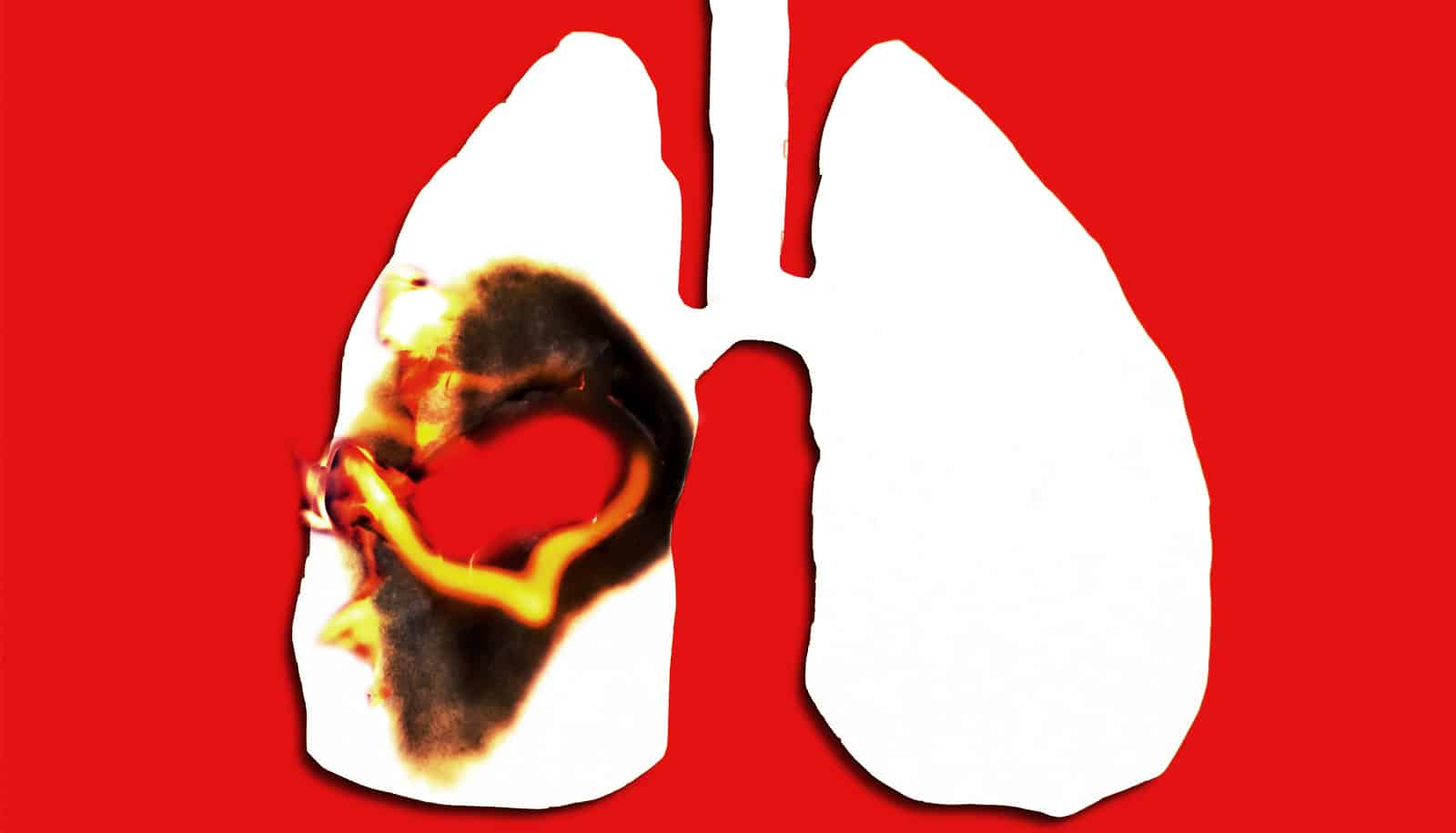A new device could help train doctors and nurses in developing countries and low-resource areas of the US to screen for cervical cancer—and improve the health outlook for women with the disease.
Cervical cancer kills close to 300,000 women per year worldwide, with approximately 85 percent of deaths occurring in developing countries.
“More than 90% of cervical cancer cases are preventable.”
The new device, a low-cost, interactive training model that mimics a woman’s pelvic region, could be used to practice different cervical cancer screening and treatment procedures.
The training model, which senior design students enrolled in the global health design course at Rice University developed, draws from past student work and comes from a collaboration with the Rice 360° Institute for Global Health and the University of Texas MD Anderson Cancer Center.
“More than 90 percent of cervical cancer cases are preventable,” says team member Elizabeth Stone. “Prevention is accomplished through screening and, if necessary, treatment. This device is specifically designed so health care providers in developing countries and low-resource regions—many of whom lack gynecological training—learn to screen for and treat cervical cancer.”
“The main reason for this is because these countries are not able to implement the standard of care,” says graduate student Sonia Parra. “And many times it’s also due to the lack of training for providers to learn standard cervical cancer screening and prevention skills needed in order to screen and provide prevention services for the entire population.”
The procedures can be dangerous when performed without proper training, so it’s not ideal for physicians not trained in gynecological care to practice the skills on a person, Stone says. “This is why the device is necessary and has such potential to save lives.”
The device includes different cervix models that are 3D printed to mimic human ones that are normal, have precancer, or have evidence of cancer. The model cervixes fit into a holder that attaches to the back of the device. Once clipped into place, the holder can be adjusted to simulate the different positions of a human cervix.
The models can easily be switched around during training to mimic different conditions encountered in a gynecologist’s office and can be viewed after insertion of the speculum.
Further, the model cervixes can be dabbed with hot water (in a clinical setting, doctors use acetic acid) to mimic the appearance of precancerous lesions doctors might see.
The device also includes model cervixes made of a ballistic gel that can be used to train health care professionals to perform several procedures: colposcopy, which is a method of examining the cervix, vagina, and vulva when results of a Pap smear, the screening test used to identify abnormal cervical cells, are unusual; cervical biopsy; cryotherapy, which uses freezing gas to destroy precancerous cells on the cervix; and loop electrosurgical excision procedure, known as LEEP, during which a small electrical wire loop removes abnormal cells from the cervix. The gel allows trainees to practice these procedures at a low cost.
Vaccine might replace surgery for cervical cancer
“Here in the states we have the ability to perform Pap smears and other practices, but in other countries where this model is used, such as Mozambique and El Salvador, they may not have the necessary infrastructure to do so,” says Christine Luk. “That’s why it’s important that this model can train as many procedures as possible.”
Since developing the device, the students have used it in training clinics in El Salvador and the Rio Grande Valley in Texas. They modify each training session to fit the specific needs of an area.
Doctors attending these sessions have expressed interest in acquiring their own devices to continue training, says Rachel Lambert. Some have even tried to create their own models. In the future, the team hopes to work with a manufacturer to mass-produce the devices for areas in need so newly trained medical providers can train others.
Source: Rice University



